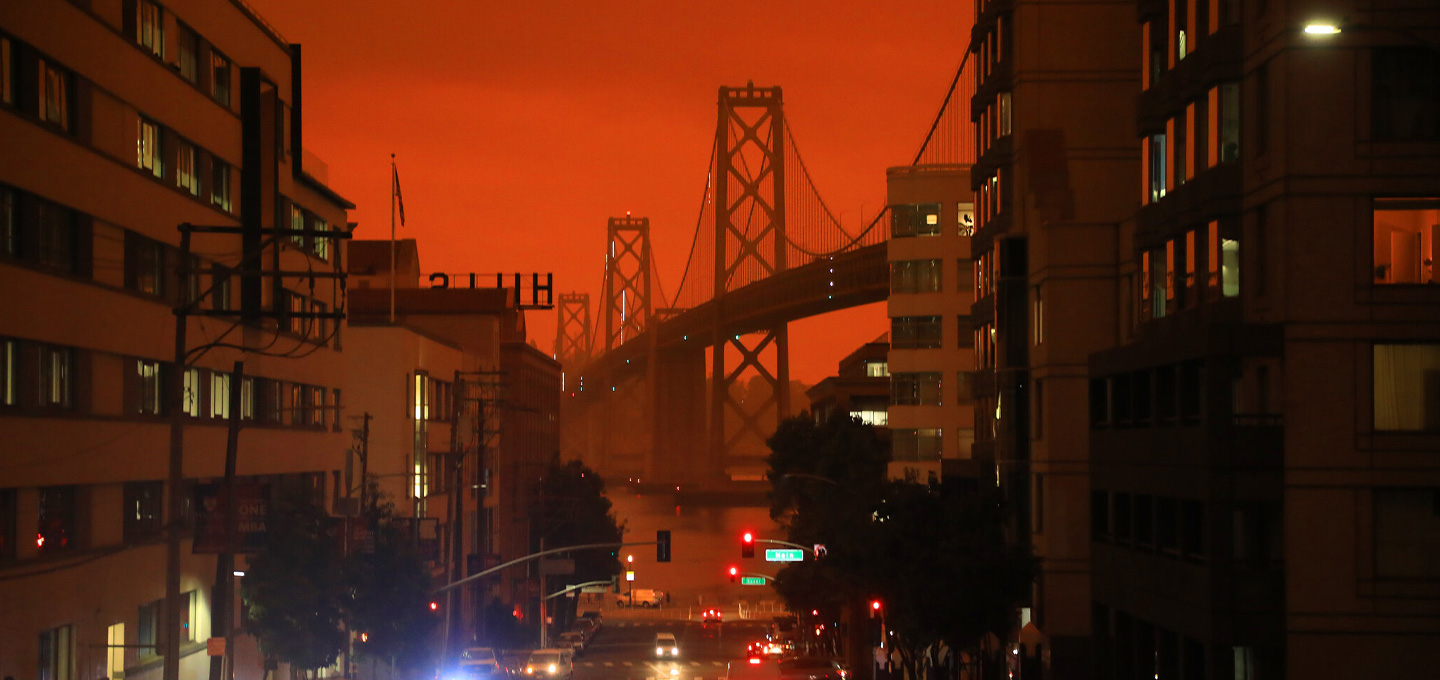2020 was a truly historic year. The coronavirus pandemic dominated the headlines and upended our lives in ways that would have been unimaginable one year ago. The year's news also included the death of a basketball legend, national protests for racial justice ... and, of course, the election of a new president.
How closely did you pay attention to the events of this year? See what you remember by taking our special 2020 news quiz.
Our Weekly News Quiz for Students will be back on Jan. 5.
Adapted from the Learning Network at The New York Times

